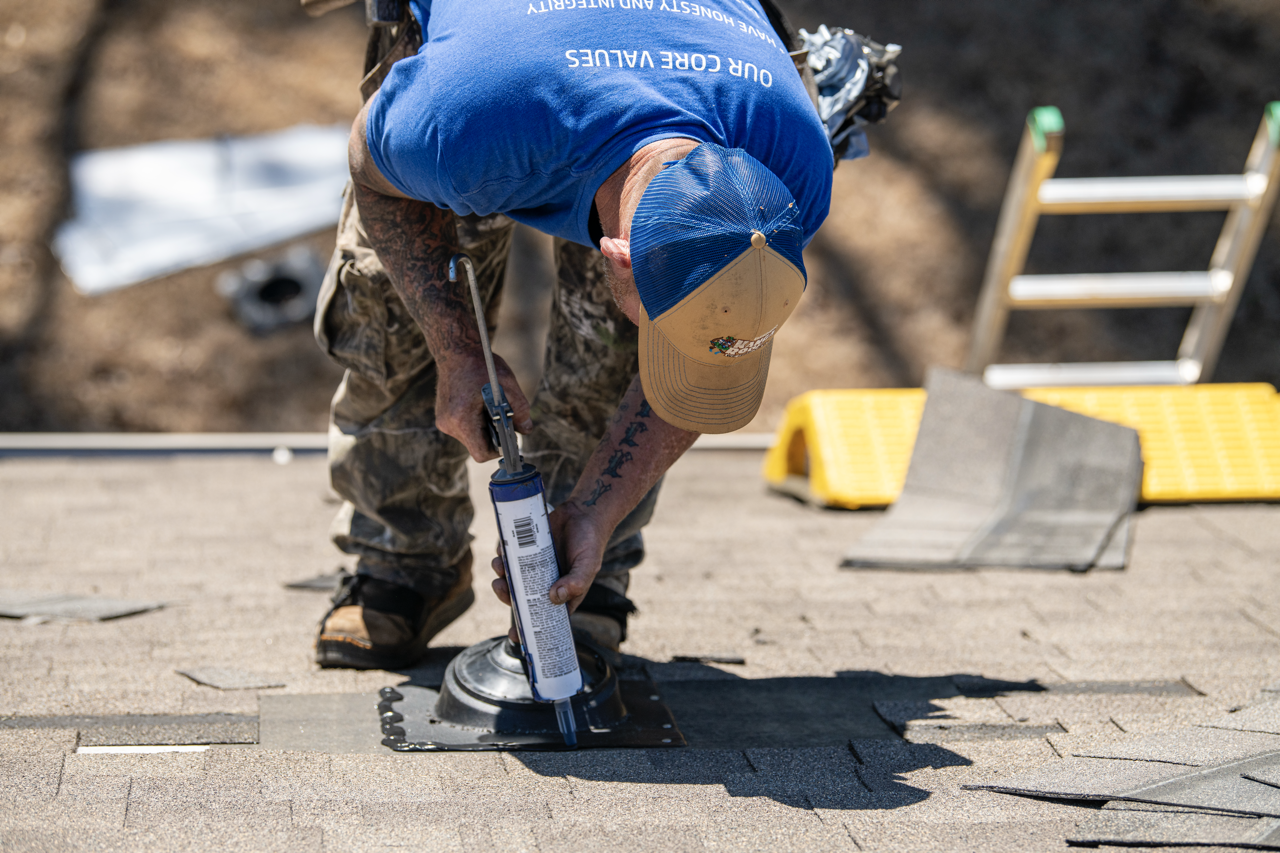
Roof Maintenance
A strong roof doesn’t just happen - it takes regular care to keep it performing its best. At Beemer KangaRoof®, our professional roof maintenance services help homeowners prevent costly damage, extend roof life, and protect their investment. From seasonal checkups to proactive repairs, we make it simple to keep your roof in top shape year after year.
Why Roof Maintenance Matters
Catch Problems Early
Stop water intrusion before it damages your ceilings, walls, and insulation.
Improve Roof Longevity
Proper maintenance can add years to your roof’s lifespan.
Improve Energy Efficiency
Keep your home cooler in the summer and warmer in the winter.
Save Money
Prevent major repairs or premature roof replacements.
Roof Maintenance Works - But There’s a Better Way…
At Beemer KangaRoof®, we’re happy to provide one-time roof maintenance services - inspections, minor repairs, and gutter cleanings that keep your home protected.
But the truth is, roof maintenance isn’t something you should do once. Your roof needs care year after year to stay strong. That’s why we created the Overhead Care Club® a membership program that delivers all the maintenance your roof needs on a regular schedule, plus exclusive benefits you won’t get with a one-time service.
-
Every year, we’ll thoroughly inspect your attic and roof, checking the 17 most critical components. You’ll also receive detailed photos so you can see exactly what we see.
-
Jump to the front of the line! As a member, you’ll get roofing appointments scheduled within 24 hours of your call.
-
Forget climbing ladders - we’ll clean your gutters every year so water flows freely away from your home.
-
Branches, sticks, and heavy debris are not only unsightly but harmful to your roof. We’ll remove them for you safely.
-
Let more light in with sparkling skylights! We’ll clean them during your inspection at no extra cost.
-
Your repairs are covered for as long as you’re a member of the Overhead Care Club®.
-
Enjoy 10% off all repairs as long as you’re a club member.
The Overhead Care Club® – Stress-Free Roof Maintenance
Joining the Overhead Care Club® is the easiest way to protect your home while saving time and money. For just $179.40 per year (a $880 value!), you’ll enjoy premium benefits designed to keep your roof in excellent condition all year long.
Membership Benefits Include:
How the Overhead Care Club® Works
-
1. Sign Up
Join today for only $179.40/year (a $880 value).
-
2. Schedule Inspection
We’ll handle your annual roof inspection and gutter cleaning automatically.
-
3. Enjoy Benefits
Sit back and relax with year-round protection, priority service, and savings.





